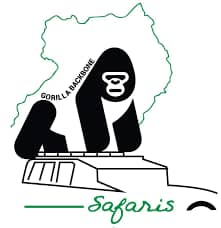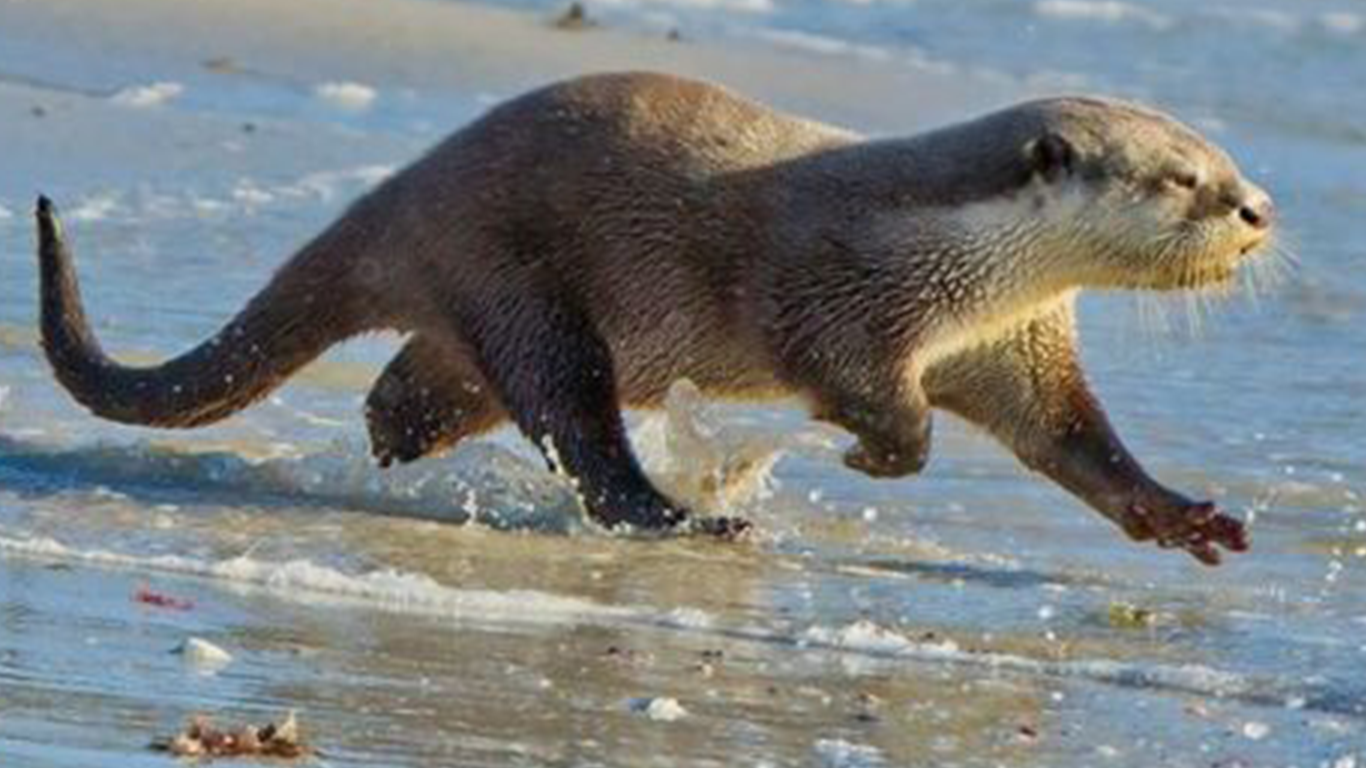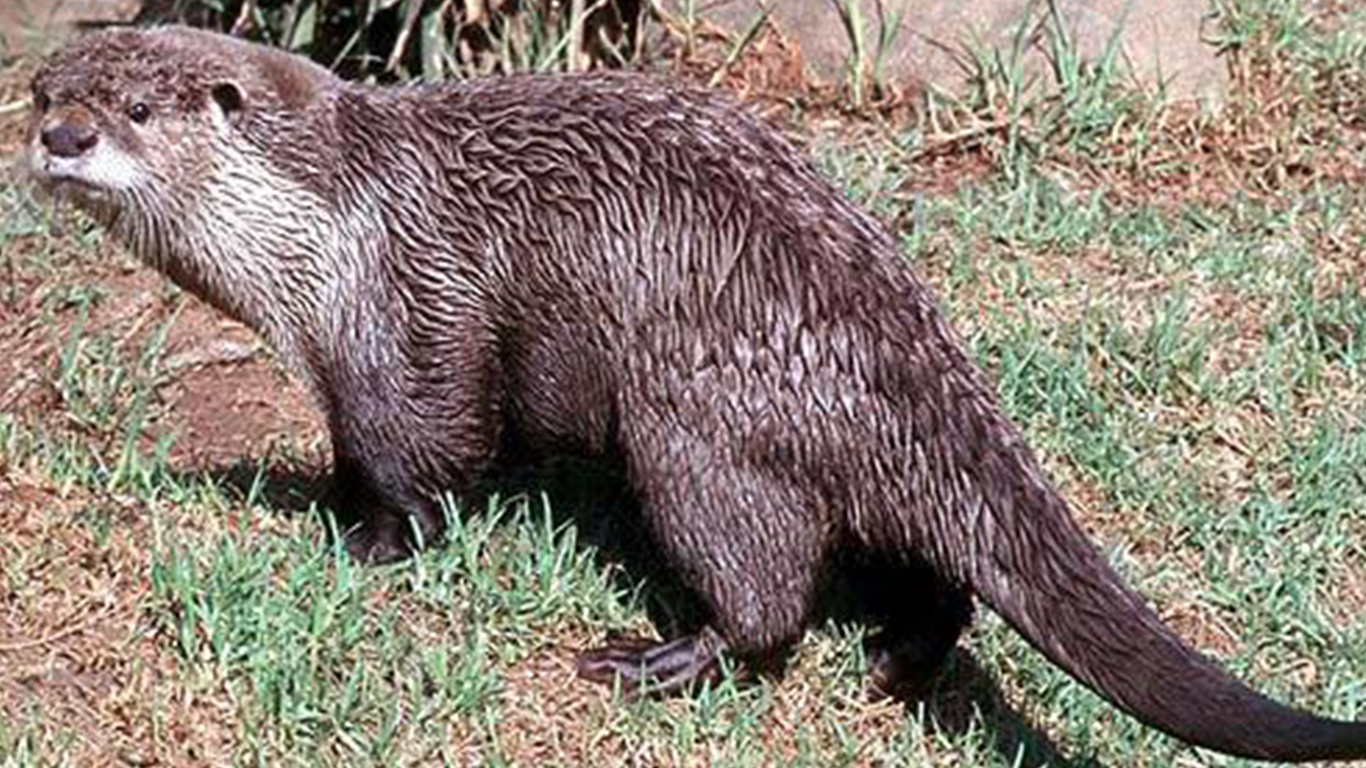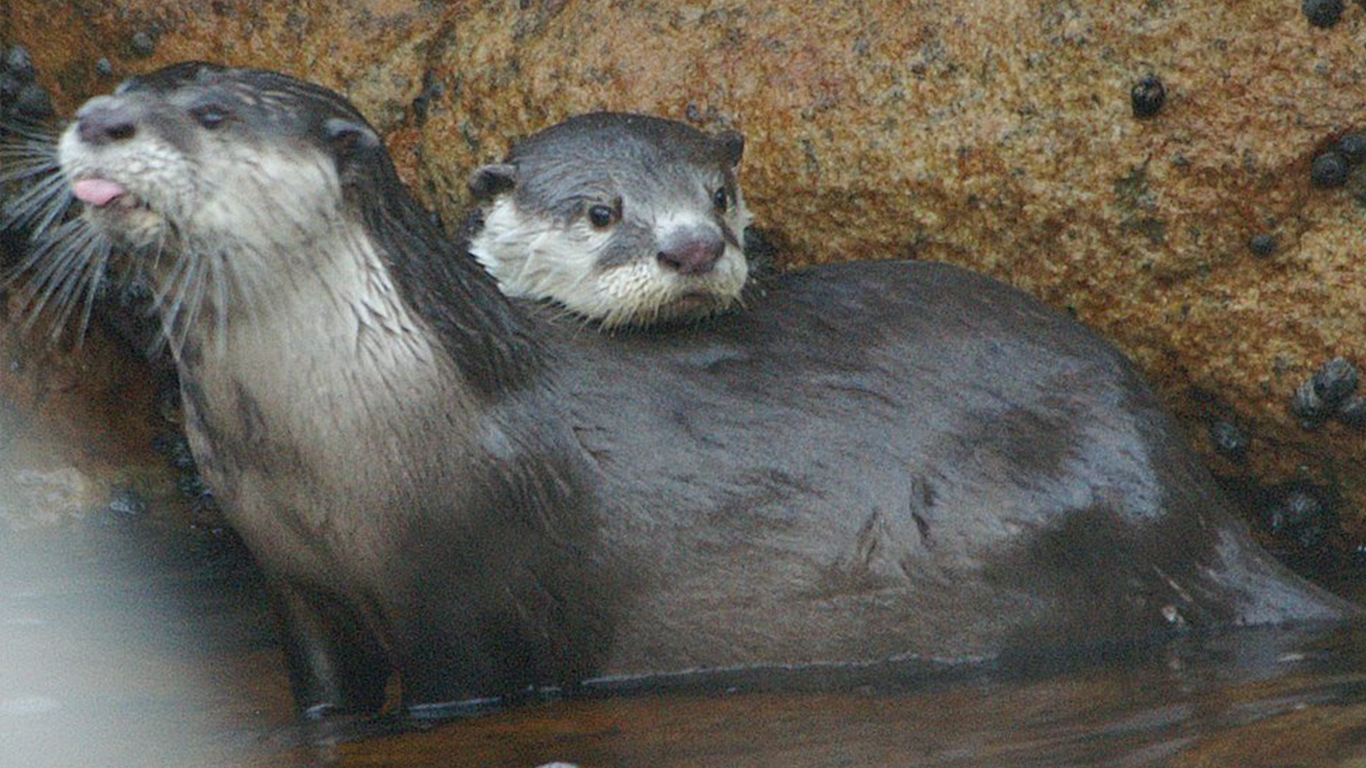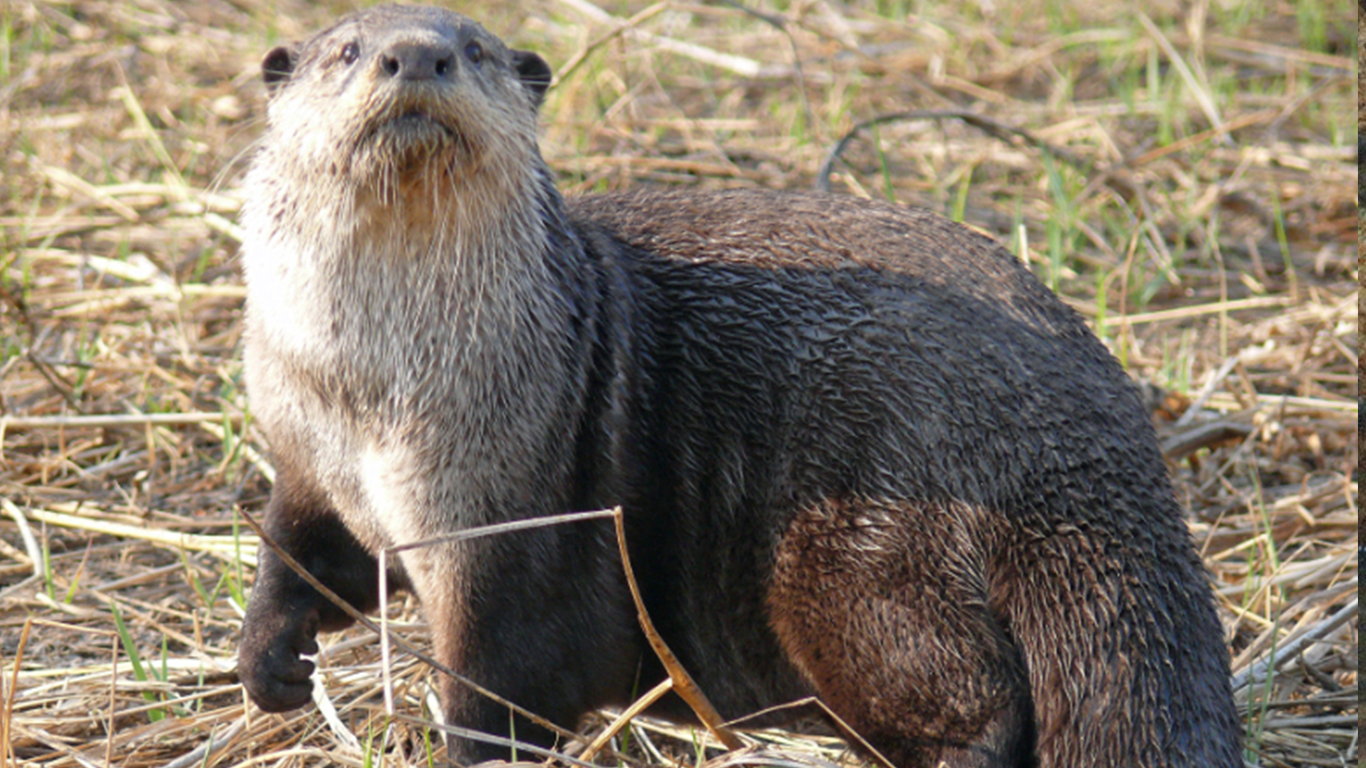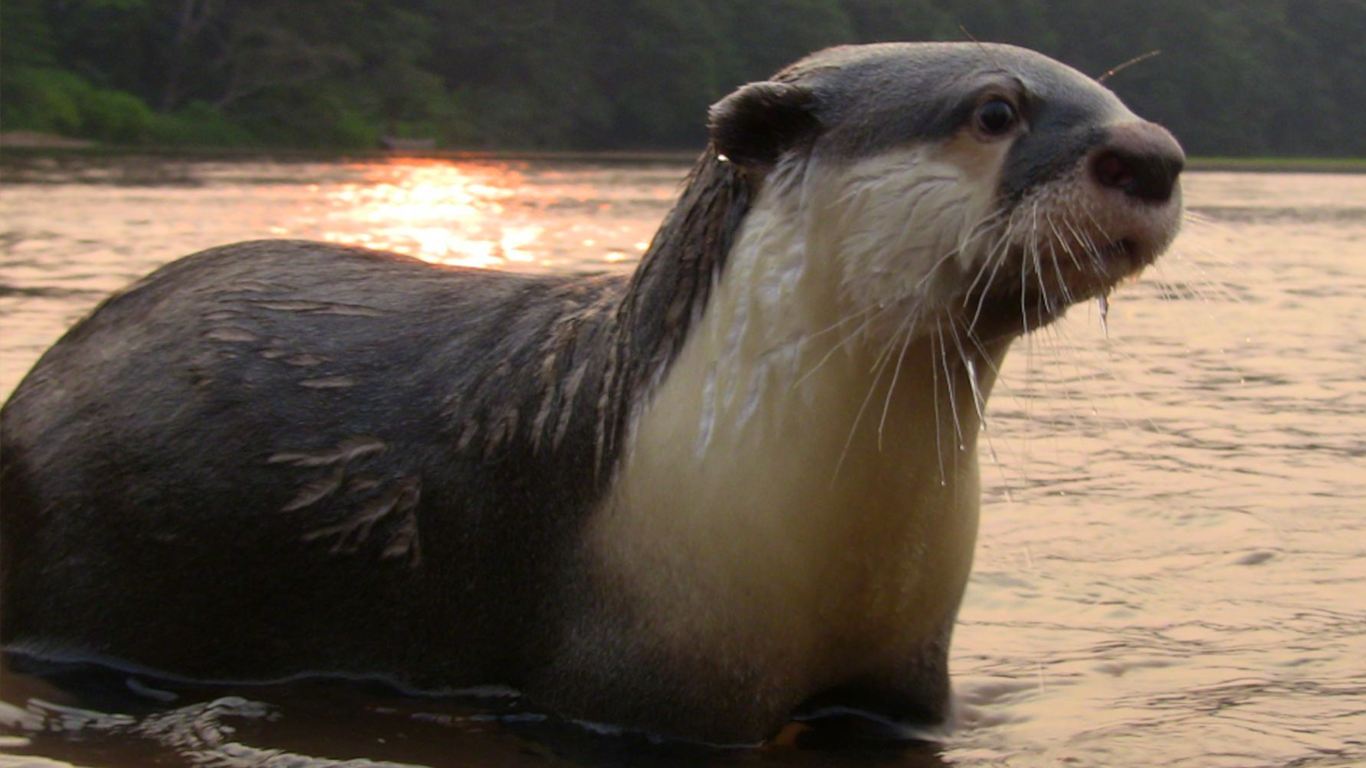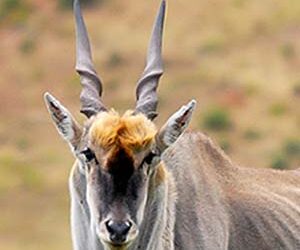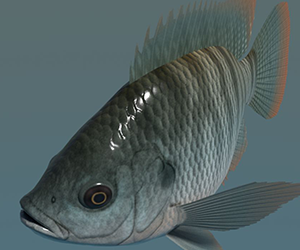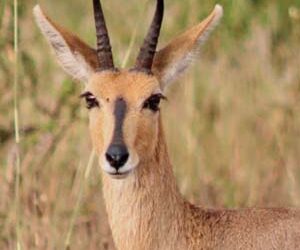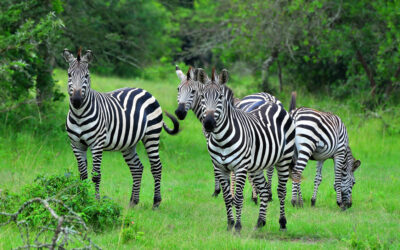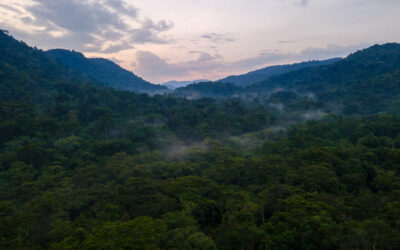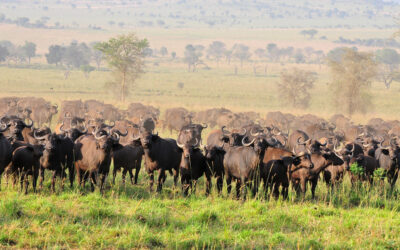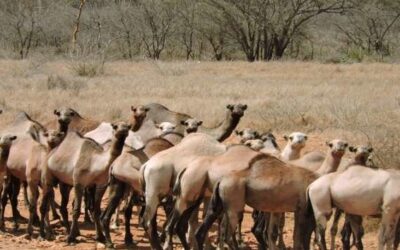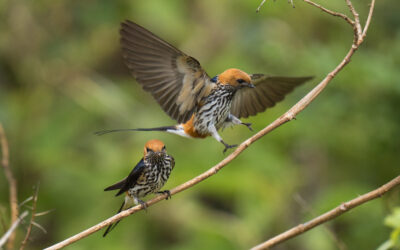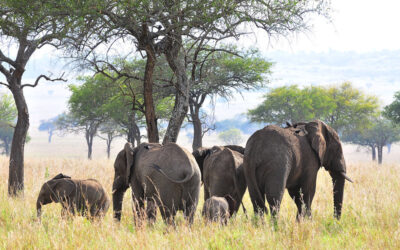Animal Name: African Clawless Otter
Scientific Names: Aonyx capensis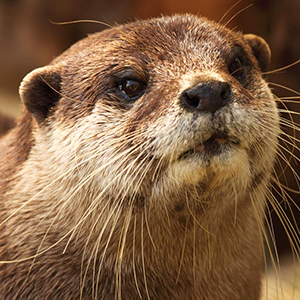
Home »
African Clawless Otter Introduction
Description of African Clawless Otter
Obtain a personalized quote that suits your preferences and budget.
Do you have a question about an African safari?
Check the National Parks
Lake Mburo National Park
Wetland habitats comprise 20% of the park’s surface The parks’ precarious past has seen wildlife virtually eliminated several times: firstly, in various attempts to rid the region of tsetse flies, then to make way for ranches, and finally as a result of...
Bwindi Impenetrable National Park
The Mubare gorilla group was the first to become available for tourism in Uganda in April 1993. Nine groups are now habituated for tourism, and one group for research. Spread over a series of steep ridges and valleys, Bwindi is the source of five major...
Kidepo Valley National Park
The park contains two rivers – Kidepo and Narus – which disappear in the dry season, leaving just pools for the wildlife. The local communities around the park include pastoral Karamojong people, similar to the Maasai of Kenya, and the IK, a hunter-gatherer tribe...
